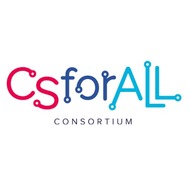CS for Oregon Plan Version 1.0
(View Complete Item Description)The Computer Science (CS) for Oregon Plan aims to create rich computer science learning opportunities bydeveloping a shared vision, based on national frameworks and standards to prepare all students, K-12,with computer science knowledge and computational thinking skills necessary to be innovators, creators,and active citizens in our ever-evolving, technology-driven world. The goals of the CS for Oregon Plan are to create K-12 pathways and roadmaps that provide cohesive,scaffolded learning opportunities to students, focus on inclusion, equity, and access for all, and supportrigorous learning opportunities aligned to workforce needs. Our collaborative, multi-district approachfocuses on creating a clear, concise definition of computer science, understanding the current CSlandscape including barriers and opportunities, evaluating the K12CS framework and its associatedstandards, developing key learning indicators per grade-band mapped to the national framework,connecting educators to aligned resources and associated professional development opportunities,documenting and sharing sample strategies for creating opportunity for all students, and developing andimplementing action plans. As such, the CS for Oregon Plan’s intended audiences are principals,superintendents, STEM/CTE leaders, educators, school counselors, grant managers and foundations, theOregon Department of Education, the Chief Education Office, and legislators. Our advisory group,providing direction and feedback, is comprised of education, non-profit, industry, and state leaders.This work is licensed under a Creative Commons Attribution-NonCommercial-ShareAlike 4.0 International License.
Material Type: Reading


